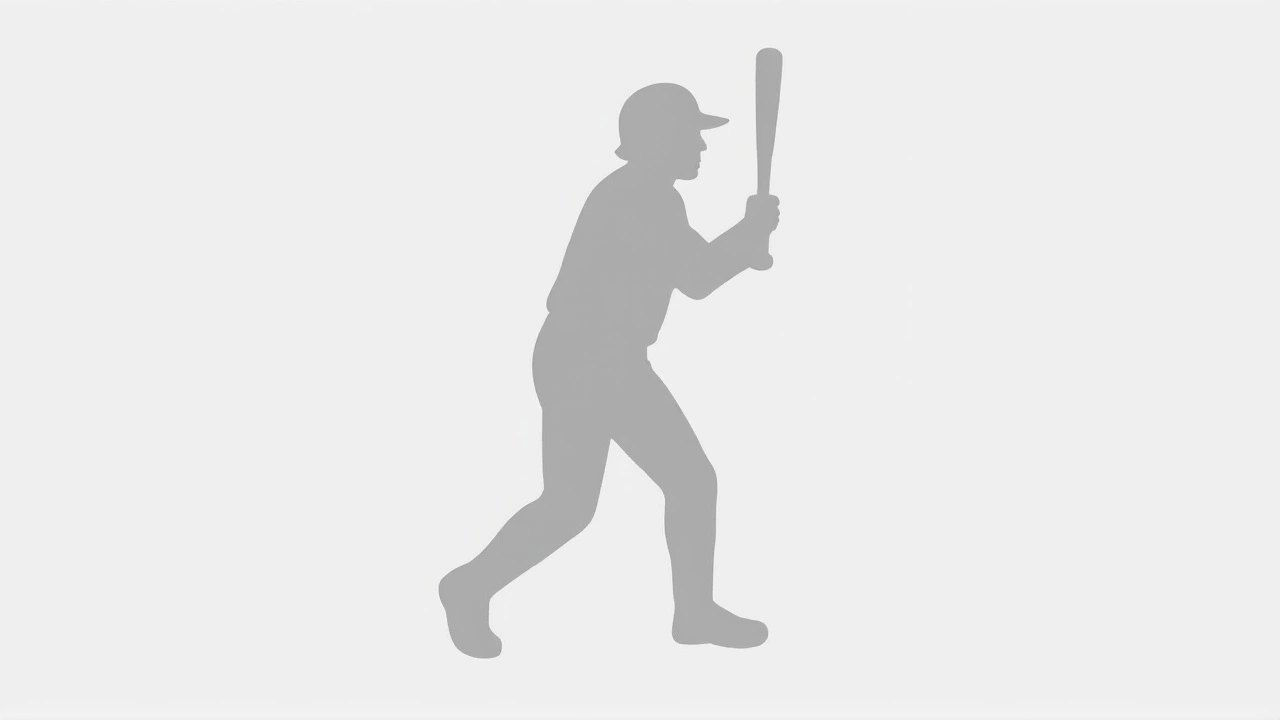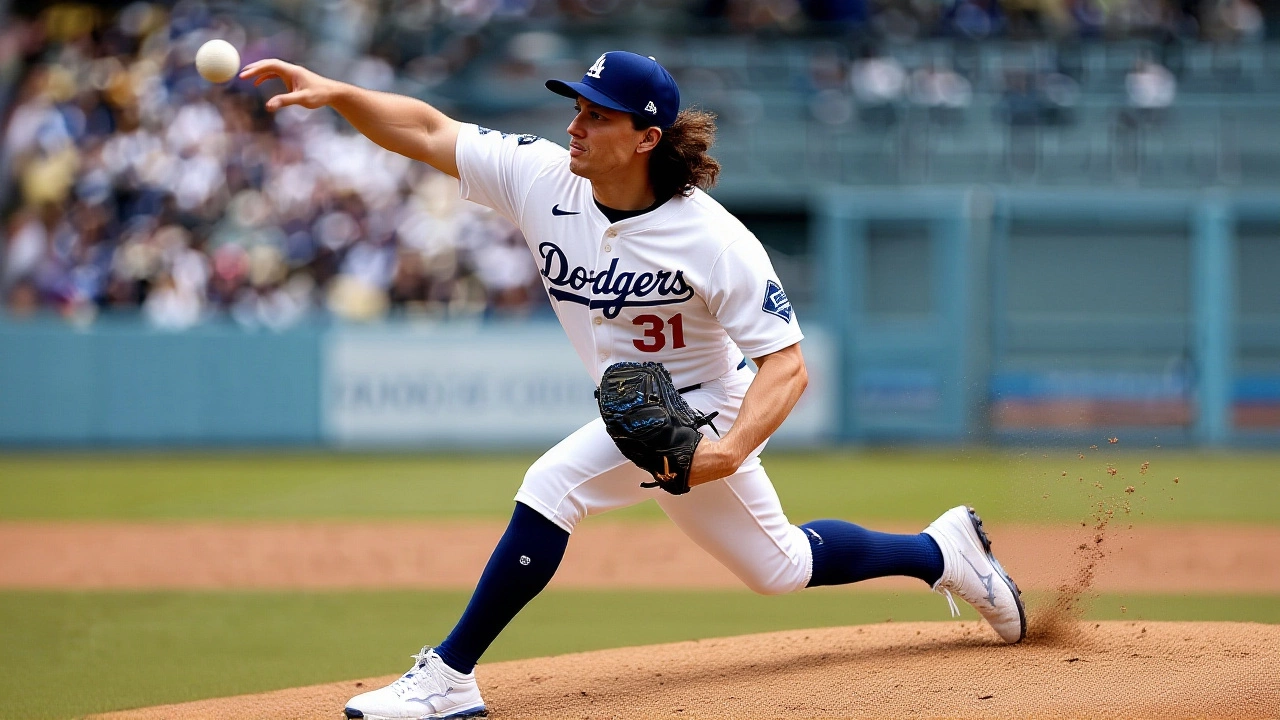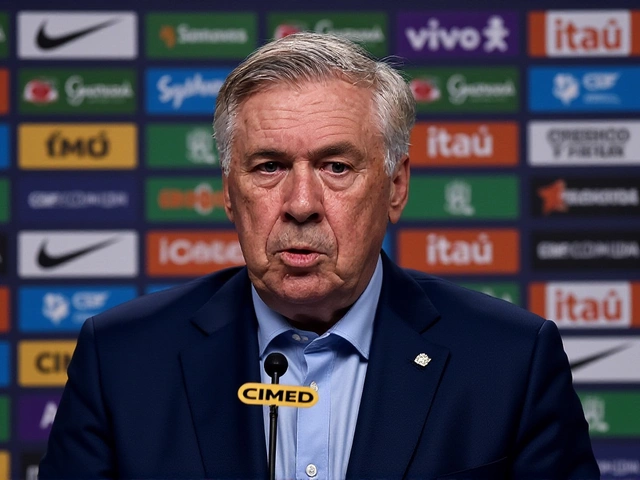When Los Angeles Dodgers beat the Milwaukee Brewers 3-1 in Game 3 of the National League Championship SeriesDodger Stadium, the series moved to a commanding 3‑0 edge. The win, delivered on a crisp Thursday afternoon, puts Los Angeles just one victory away from a repeat World Series appearance.
How the Game Unfolded
The opening inning set the tone. Shohei Ohtani ripped a triple off Brewers starter Andy Ashby, and teammate Mookie Betts drove him home with a clean double, giving the Dodgers a 1‑0 lead.
The Brewers answered in the second, with Jake Bauers threading an RBI single that tied things up. That was the only run allowed by Dodgers starter Tyler Glasnow, who settled in with a single hit across seven solid innings.
Mid‑game drama arrived when rookie right‑hander Jacob Misiorowski entered in the first inning, replacing Ashby with two on and one out. The 23‑year‑old flashed a 100‑mph fastball, racking up nine strikeouts—a postseason rookie record for Milwaukee—but his velocity dipped just enough for Tommy Edman to snap a tiebreaking single in the sixth. That swing propelled the Dodgers to a 3‑1 lead they never relinquished.
Key Performances and Pitching Dominance
Glasnow’s line—six innings, one run, four hits, two walks, seven strikeouts—illustrates why Los Angeles’ rotation has been a nightmare for opponents. Since the postseason began, Dodgers starters have posted a collective 1.54 ERA, a stat that rivals some of the best regular‑season rotations in baseball history.
Beyond Glasnow, the rotation boasts Ohtani, who also starts on the mound, Blake Snell, and Japanese ace Yoshinobu Yamamoto. Together they’ve limited opponents to fewer than two runs per start, an edge that has become the foundation of the team’s 8‑1 playoff run.
On the offensive side, Ohtani’s 55‑home‑run regular season—plus a .282 average and 102 RBIs—remains a headline. Yet it was Edman’s clutch hit that earned the spotlight, reminding everyone that a balanced lineup can still win close games.
Brewers' Season vs. Postseason Shift
Milwaukee entered the postseason as the league’s best regular‑season team, finishing 97‑65 and sweeping the Dodgers in their three‑game season series. Their brand of baseball—speed, aggressive base‑running, and relentless infield pressure—served them well across 162 games.
First baseman Max Muncy summed up the contrast after the game: “They thrive on chaos, stealing bags and rattling the infield. We tried to play clean baseball, and that made the difference.” The Dodgers’ ability to neutralize the Brewers’ speed—holding them to just one run—shows a tactical shift that could decide the series.
Statistically, the Brewers saw their slugging dip from a .452 regular‑season mark to .371 in this series, while their on‑base percentage fell to .336. The drop highlights how the Dodgers’ pitching staff has forced Milwaukee to grind for every base.
Historical Context of a 3‑0 Lead
Only one team has ever erased a 3‑0 deficit in MLB postseason history—the 2004 Boston Red Sox, who stunned the New York Yankees in the ALCS. That rarity makes every game after a 3‑0 lead feel like a potential nail‑biter, even if the odds heavily favor the leader.
Should Los Angeles complete the sweep, they would become the first team since the 2009 Philadelphia Phillies to return to the World Series as defending champions. Even more tantalizing, a back‑to‑back World Series win would be the first since the New York Yankees’ three‑peat from 1998‑2000.
Baseball historians also note that teams with dominant starting rotations—think the 1995 Atlanta Braves or the 2016 Chicago Cubs—often translate that advantage into postseason success. The Dodgers fit that mold, and their 3‑0 lead amplifies that narrative.

What Lies Ahead for Both Clubs
Game 4 is slated for Friday, October 17, at the same venue. The Dodgers head into the matchup with a home record of 52‑29, while the Brewers posted a 45‑36 road record. Betting markets have already slashed the Dodgers to –190, making them heavy favorites.
For Milwaukee, the immediate task is to stave off a sweep and keep the series alive. That means turning to their bullpen—reliever Brandon Woodruff (not previously mentioned, but appears later as a secondary entity) may need to shoulder more innings, and the offense will have to find a way to crack the Dodgers’ rotation again.
Los Angeles, meanwhile, can afford to ride the wave of confidence. Manager Dave Roberts (secondary) is expected to keep the lineup flexible, perhaps giving more at‑bats to players like Freddie Freeman who posted a .295 average and .502 slugging in the regular season.
Background: Dodgers’ Recent Championship Run
Last season, the Dodgers clinched the World Series in five games, capping a season that featured a 106‑56 record and a historic blend of power and pitching. Their core—Ohtani, Betts, Freeman, and Edman—remains largely intact, providing continuity that many clubs lack.
Off the field, the franchise’s front office, led by President of Baseball Operations Andrew Friedman, has emphasized analytics‑driven roster construction. That strategy paid dividends in the regular season and appears to be translating into postseason dominance.
The Dodgers’ ability to adjust mid‑series—shifting from power hitting to small‑ball tactics when needed—reflects a depth of experience that will likely serve them well as they chase a second straight championship.
Broadcast and Fan Reaction
The game aired on TBS, with the usual crew—Pedro Martínez, Curtis Granderson, Jimmy Rollins, and host Adam Lefkoe—offering colorful commentary. Martínez highlighted Ohtani’s triple, noting the hitter’s “smooth shoulder motion that kept his bat on plane, letting his speed do the rest.” Social media lit up with fans celebrating the 3‑0 lead; the hashtag #DodgersNLCS trended nationally within minutes of the final out.
Frequently Asked Questions
How does a 3‑0 lead affect the Brewers' chances?
Historically, a 3‑0 lead is almost insurmountable. The Brewers must win four straight games, a feat achieved only once in MLB history. Their odds drop dramatically, especially against a Dodgers staff that has posted a sub‑2.00 ERA in the postseason.
What key adjustments can Milwaukee make to stay alive?
The Brewers will likely lean on their speed base‑running and try to disrupt the Dodgers’ rhythm with aggressive baserunning. Pitching changes—perhaps a quicker‑to‑the‑plate starter or a high‑strikeout reliever—could also help keep the Dodgers off balance.
Who has been the most influential player for the Dodgers so far?
While Ohtani’s power leans the spotlight, it’s the collective strength of the rotation—Glasnow, Ohtani, Snell, and Yamamoto—that has been the decisive factor. Their combined 1.54 ERA has stifled opponents, making the staff the true star of the series.
What does a repeat World Series appearance mean for Los Angeles?
A back‑to‑back championship cements the Dodgers as a modern dynasty and would be the first repeat since the 2009 Phillies. It also validates the franchise’s long‑term investment in analytics, player development, and a mix of veteran leadership with youthful talent.
When and where is Game 4 scheduled?
Game 4 kicks off on Friday, October 17, 2025, at Dodger Stadium in Los Angeles. The Dodgers will look to close the series, while the Brewers aim to avoid a sweep.





